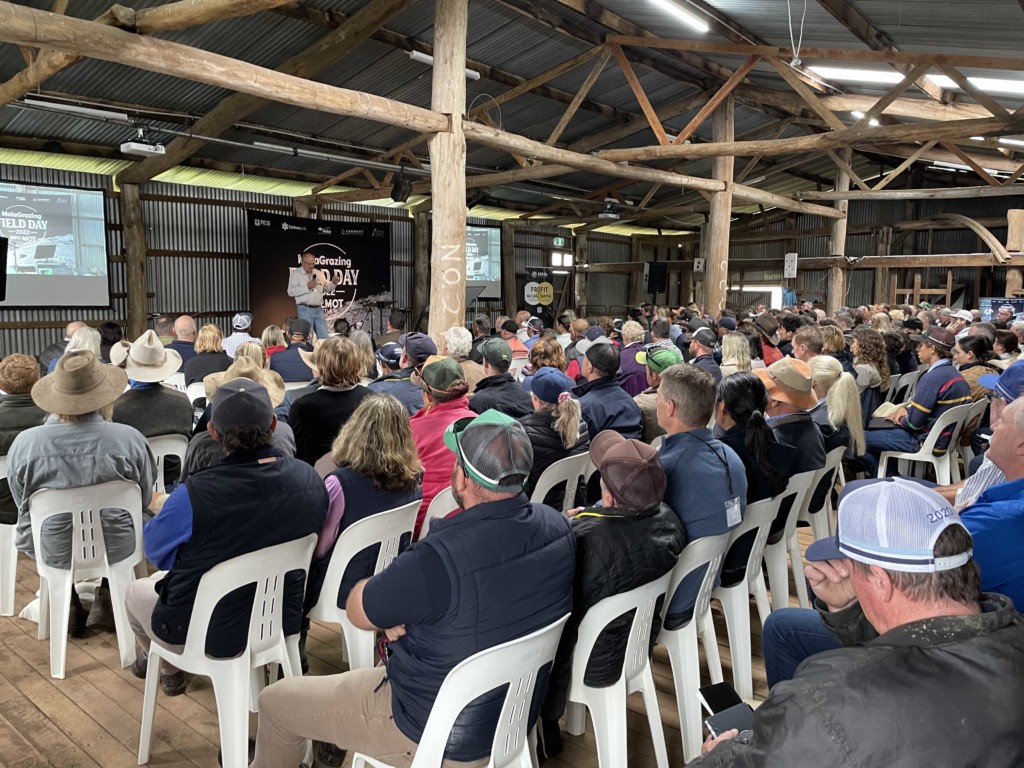Global exports and the green ‘basket fillers’
It will come as a surprise to nobody, that European consumers are looking for more sustainable food and fibre products – this is a global trend. Justin Webb, AgriWebb, breaks down why this is a great opportunity for Australian farmers to claim a global advantage using ‘ground truth’ data.
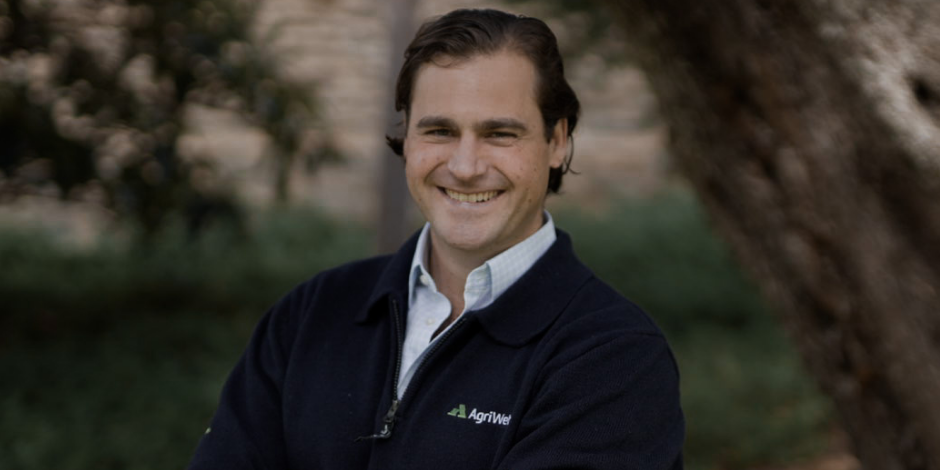 Justin Webb, Co-Founder and Executive Chairman of AgriWebb. Photo by Solomon Scopazzi
Justin Webb, Co-Founder and Executive Chairman of AgriWebb. Photo by Solomon Scopazzi
Consumer trends have always impacted farming, whether it is the popularity of vegetarian diets increasing the number of soy crops grown, or smashed avo at brunch that has seen the number of avocados grown in Australia double in the last ten years.
Often these consumer trends are commodity-specific, a decision to diversify into a new variety or try a new cover crop. Farmers watch sale prices with the intensity that most people reserve for the Australian Open Finals, seeing what is fetching the premium prices and what that means for their forecast income that season.

But, what happens when a consumer trend impacts every commodity and every link along the supply chain?
The race is on among the largest global food retailers – think Tesco, Sainsbury’s, Aldi and Woolworths – to deliver carbon neutral or sustainable products to their consumers at a price point that services the mainstream consumer.
At present, there are carbon neutral products lines, including red meat, being trialled in local supermarkets with varying degrees of success, which is largely down to price point. Currently, it is more expensive to produce a carbon neutral leg of lamb, and most consumers aren’t willing or able to pay the higher price.
RELATED: Your Food Collective connects growers with future-focused consumers
Justin Webb, Co-Founder and Executive Chairman of AgriWebb, spends a lot of time thinking about building sustainable global supply chains that allow his customers – the farmer – to access markets and premium prices as consumer trends bolt toward sustainable products.
“AgriWebb was born on the simple idea of digitising on-farm production, particularly in the red meat, sheep and cattle production space, literally a tool to replace the notepad in the farmers top pocket,” Justin tells us.
“Over the past seven years we have seen some pretty remarkable adoption, AgriWebb is used by farmers and ranchers around the world to manage more than 18 million head across over 150 million acres, which equates to about $400 billion in agricultural assets.”
With that reach, it makes sense that Justin and the AgriWebb team are investing time and money to know exactly what farmers need to be communicating along the supply chain to participate in both local and global markets into the future.
RELATED: AgriWebb’s investor journey to the UK
In 2021, Justin travelled to the United Kingdom (UK) to chat to retailers and understand what they are looking to deliver to their own customers, and how technology like AgriWebb can support farmers to deliver this.
“Morrison’s is one of the leading UK supermarkets and it has made a pledge to be net zero in its supply chain by 2025 and as an Australian company, AgriWebb has been able to support that commitment by capturing data on farm. The software is actually paid for by Morrison’s and given to the farmer. It not only improves output on farm around 8-10% year on year, but it also validates the carbon footprint of the supermarkets supply chain and the potential for carbon insetting through carbon sequestration through the pasture growth.”
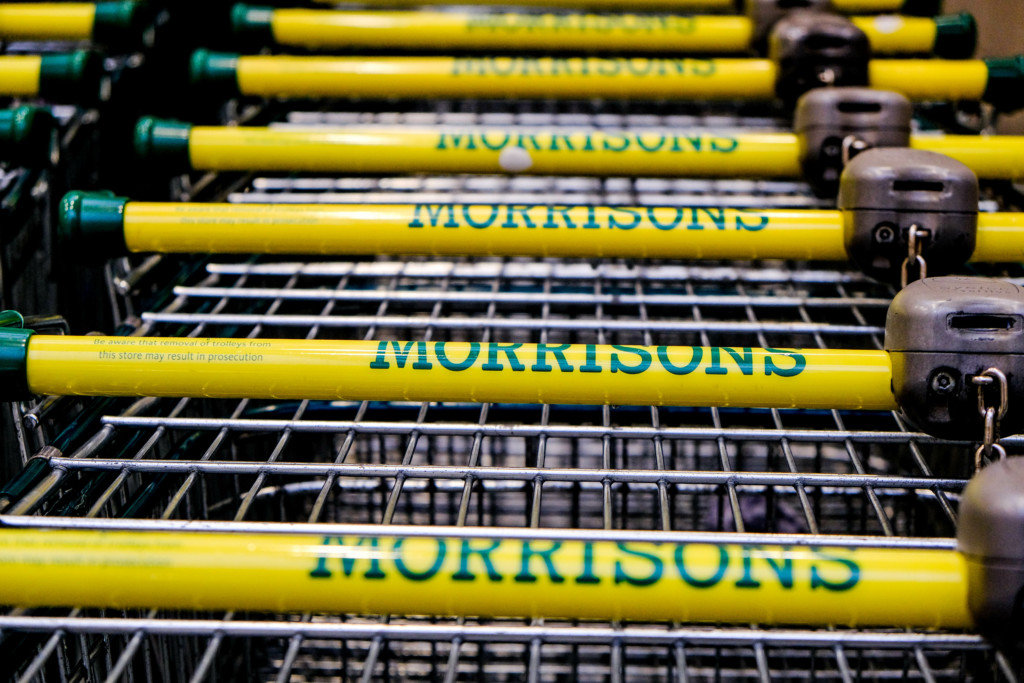
“These things are tremendously powerful when you start actually sharing the benefits back to the farmer, and not just putting the burden of cost to increase sustainability back on primary producers.”
Not so much a trend, but a permanent shift
The term ‘trend’ suggests that this may not be permanent, when in fact, sustainable supply chains are here to stay. To stay relevant in a global market, everyone will need to adapt – including farmers, retailers and consumers.
“There’s government pressure but there’s also consumer pressure. Millennial purchasers are going into supermarkets, and they’re sort of facing a bit of a crisis of conscience where they may be thinking ‘well do I want that leg of lamb or that steak with a side of guilt?’ and supermarkets are panicking.”
“It’s not that well known that red meat is the most valuable product on the supermarket shelf, not necessarily from an individual cost basis, but it’s what they call a ‘basket filler’. You don’t just buy the leg of lamb, you also buy the carrots and potatoes and the mint sauce that goes with it – and so, it’s the most valuable product for a retailer.”
“Supermarkets now recognise that they have to demonstrate to those consumers the animal and environmental welfare story of these products, so these consumers continue to choose these traditional basket fillers.”
What does this mean for farmers?
Understanding the data that retailers are using to tell their own sustainability story is important, not only so farmers can make sure they are capturing data, but also so they are not wasting time and money capturing information that was not needed.
The good news is, most farmers are already doing things that build a sustainable picture for their produce, but what they may not be doing is capturing this information to be able to tell anyone about it. Carbon neutral food trends may be relatively new, but responsible stewardship and asset management is not new to farmers.
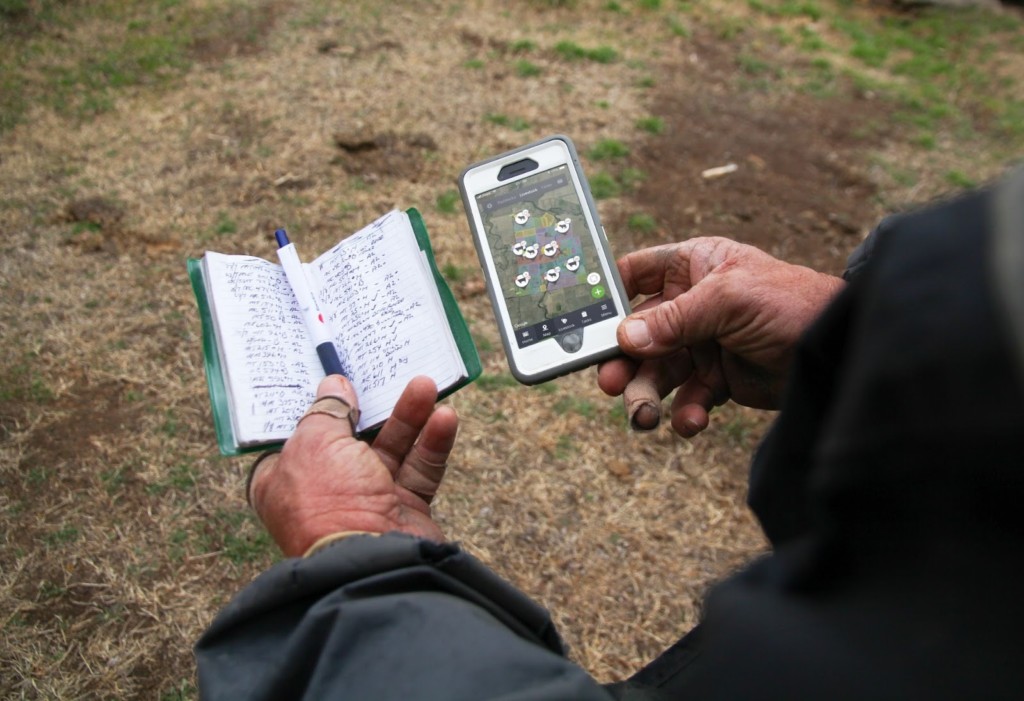
“Tools, like AgriWebb, empower producers and supply chain innovators to visualise, connect and leverage unique business insights that allow them to grow a more profitable, efficient, and sustainable future.”
“We’ve watched across the ditch – with what I think it would be fair to say – a mixture of admiration and envy of New Zealand lamb being able to brand itself and have fantastic export channels. So, how can we make that a reality here in Australia? Ultimately the best way is to factually differentiate and demonstrate superiority of product through ground truth data.”
A passionate advocate of Australian exports, whether it is meat or technology, Justin sees the opportunity to capture data and tell your product’s story as a huge opportunity for Australian farmers, who already operate in one of the cleanest and most regulated countries for meat production in the world.
“Here in Australia we have a tremendous advantage because of the diversity in our ecology, our farming practices, and the demands of our consumers. And even the regulatory framework we have in place to ensure quality and traceability, demand that we already produce food with some of the best global practices.”
“Maintaining and communicating all the things that make Australian beef and lamb the best in the world is now backed by defensible data. The purity of production, the sustainability of grass grazing, these things can all be measured and empower farmer to communicate this back to meat processors, retailers, and service providers including banks and animal health bodies. All of this comes together to produce enough food to feed 10 billion people by 2050, but with a much lower environmental footprint.”
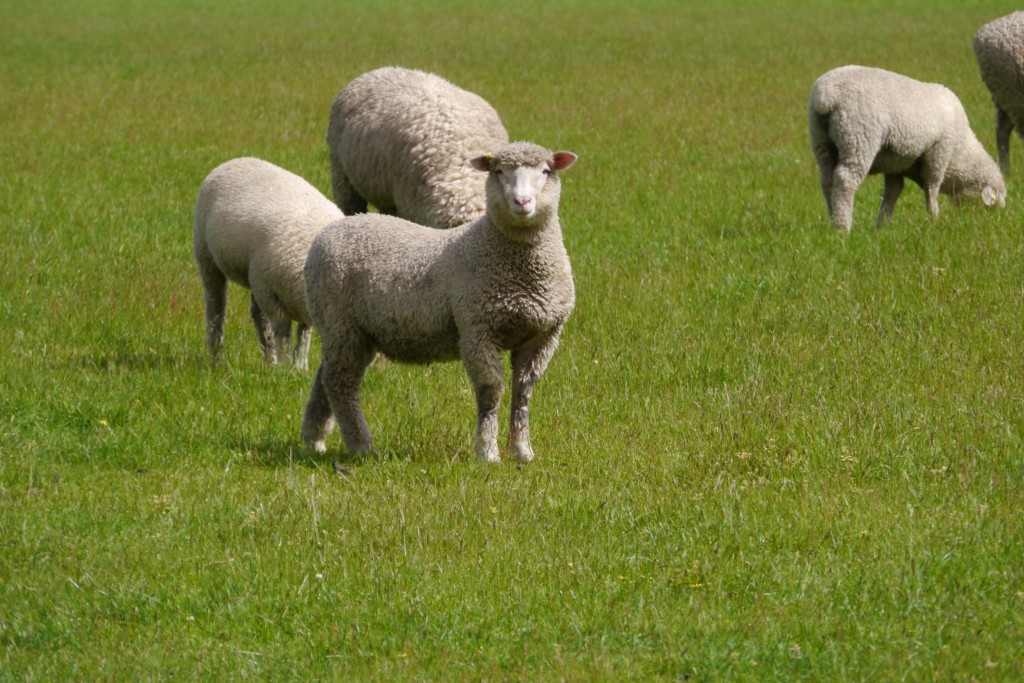
Farmers are already investing in environmental and animal welfare, along with the red meat industry investing an enormous amount of time and money into research, development and extension (RD&E), with the Australian red meat and livestock industry setting the ambitious target to be Carbon Neutral by 2030 (CN30). In a bid to stay ahead of global consumer, and community expectations, the CN30 target is sending a clear signal to that the red meat is taking a proactive approach to reducing emissions and investing in the research and technology that will allow farmers to continue to produce red meat sustainably and meet the expectations of global consumers.
RELATED: Investing for impact for Australia’s red meat sector
The good news
There are hundreds of new technologies being developed, tested, and used in Australia to empower farmers to tell their own sustainability story, and attract the premium prices moving forward. But it is often hard for farmers to know where to start, often it is farm management software, like AgriWebb that allows farmer to get into the habit of collecting multiple data points.
RELATED: Agritech innovators work together to deliver better solutions for farmers
As the agritech community evolves, we are seeing many platforms that are designed to capture different information – from soil carbon, water levels, and rainfall to market prices, truck availability or energy inputs – working together to give farmers a more comprehensive picture of their farm, inputs and end product.
There are plenty of homegrown technologies available to farmers to get them started – from gathering some baseline data to a comprehensive farm management tool – see how some of the companies that evokeAG. has gotten to know over the years fit into the mix.
I just want to get some baseline information so I know where to start…
Take a look at one of the following agritech companies that provide some solid baseline data and a great starting point for farmers who just want to understand.
- CiboLabs – MyFarmkey to verify your farm boundary based on official land parcel data and analyse 30 years of satellite data for your farm. You can generate a report on woody vegetation change and forest carbon, and benchmark your rainfall and seasonal ground cover against your neighbours and your district to get you started toward establishing a carbon or natural capital project for $400. The Cibo Labs PastureKey service can provide weekly paddock level estimates of pasture biomass and ground cover for forage budgeting, and the CeresTag service can monitor animal movements and behaviour. All of this information can be verified and shared in a controlled manner through supply chains.
- Farmlab allows farmers to test their soil carbon levels and map the results back to where the soil samples were taken on your own farm map. This is another great platform if you are wondering how you would start measuring your soil carbon to participate in a carbon project (so that you can sell carbon credits) or you want to be able to communicate how much carbon your farm is sequestering and use this to demonstrate ‘carbon insetting’ in your produce.
I want to see the bigger picture…
There are excellent farm management platforms that have been developed in Australia for Australian farmers and farms. Many of these platforms also have the option to integrate with other agritech companies so that you don’t need to be adding all your different data points.
- AgriWebb is a comprehensive livestock management platform that allows farmers to see stocking rates, cost of inputs, average daily-gains, along with much more. AgriWebb also offers a growing list of hardware integration partners, so that farmers can streamline the technology they are bringing on-farm.
- MaiaGrazing allows farmers to track their pastures, stocking rate, paddock performance and record keeping. There are Lite and Pro options so that farmers can select what is the best fit for what they want to keep track of.
Farmer’s appetite to learn more was abundantly clear at the MaiaGrazing Wilmot Field Day on 23-24 February 2022 at Hernani, NSW. Over 300 producers gathered to hear stories from Australian farmers leading the way in building natural capital and exploring carbon market opportunities. Agritech players, like AgriWebb, CiboLabs, FarmLab, Farmbot and PairTree were also there in droves taking the chance to connect and work in collaboration with producers and industry.
Glossary
Carbon insetting is the reduction of emissions by companies and businesses within their own supply chain, as opposed to only purchasing offsets to increase their sustainability status. For farmers, this means farm management practices such using rotational cover cropping, precision application of inputs such as nitrogen, and low or no till farming. All of the results of these farm management practices can be recorded and communicated by farmers to buyers.
Above ground carbon or biomass is simply the carbon stored in living trees, leaves, brush, shrubs, and ground cover. The technology that measure ‘above ground carbon’ is the same technology that can help manage and forecast pastures, grazing, and carrying loads of paddocks.
Basket fillers is a term used by retailer for products customers select, that then prompts them to purchase other complimentary products. The example used by Justin was the leg of lamb that then prompts customers to purchase the vegetables, mint sauce, and dessert that is served with a roast lamb dinner.
Enjoyed this story? Want to learn more about the Asia Pacific region’s innovative agrifood tech ecosystem? Sign up for our newsletter here and receive fresh stories about global leaders, farmers, startups and innovators driving collaborative change.

